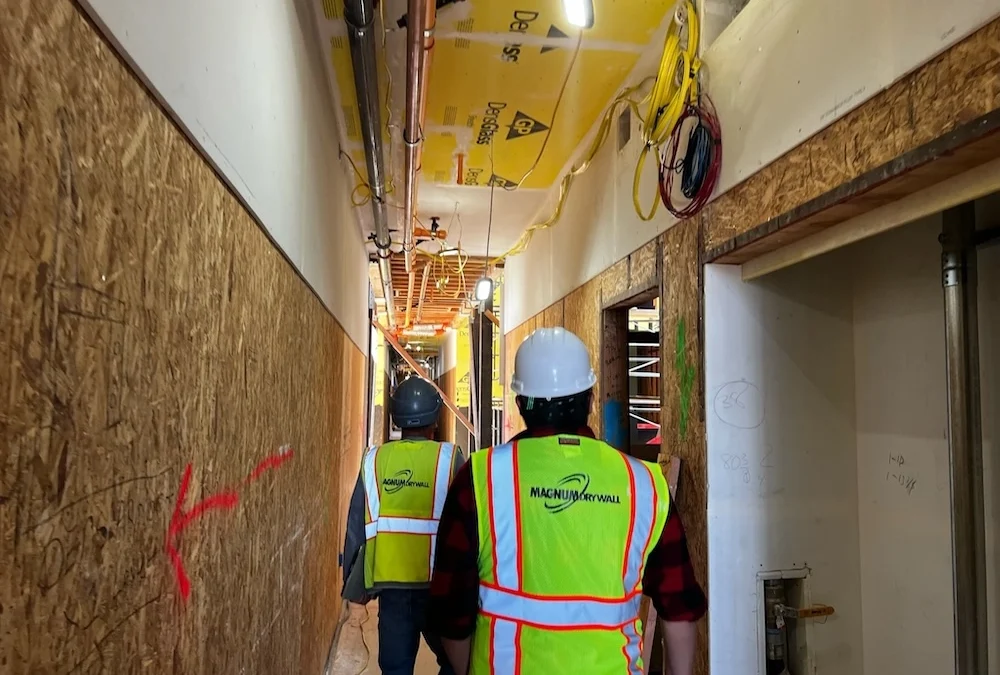When we talk about drywall, it might sound like there is only one type of it. Drywall is drywall, right? No, there are actually several different types of drywall to meet various functions. What are the different types of drywall, and what’s the difference between them? Read on to learn everything you need to know about the differences between drywall types.
The Importance of Choosing the Right Type of Drywall
Drywall may be the most common wall material, but it is not just a blanketed item that can go everywhere. For example, the walls in a restroom would need a different type of drywall than the lobby of a building. The drywall types are different because they vary in thickness as well as resistance to water and fire. As long as you are working with a reliable drywall contractor, you can rest assured that the right type of drywall will be selected for your building. Now, let’s take a look at the types of drywall.
The Differences Between Drywall Types
While every type of drywall has its differences, there is one common thing that is in every type of drywall: gypsum, a common mineral. It is usually at the core of any drywall.
Regular or White Board Drywall
One of the most commonly used types of drywall is regular or white board. For these, gypsum is sandwiched in between two layers of paper. The paper on the front of the drywall panel is brown, and the front is usually light gray or white. The standard thickness for regular drywall is 1/2 inch, but it can come in other thicknesses, depending on what the drywall is going to be used for.
If the surface of the wall that the drywall is being installed in is curved, the drywall will need to be bent; either 1/4 inch or 3/8 inch thickness is better for the drywall.
To help with soundproofing a room, using drywall of 5/8 inch or 3/4 inch thickness is a good choice. 5/8 inch drywall is also good for ceilings because it is resistant to sagging.
Blue Board Drywall
Blue board drywall is one of the types of drywall that is highly resistant to moisture, making it perfect for bathrooms, basements, kitchens, locker rooms, and attics. The blue board is named for the blue paper that surrounds the gypsum core. The paper is treated for moisture resistance, though it is not waterproof.
Green Board Drywall
For a kitchen, bathroom, attic, or basement, green board drywall is one of the best options. It is mold-resistant because it has thick layers of green paper surrounding the gypsum, and the paper has a wax coating over it. The mold resistance is great for a damper area, but it is important to keep in mind that green board drywall is not fire-resistant or waterproof. Green board drywall usually comes in 1/2 inch and 5/8 inch thicknesses.
Purple Board Drywall
The Purple Board Drywall is the most resistant to both mold and moisture out of the other types of drywall. Purple Board is great to use anywhere that may need moisture protection, like the exterior of a building or a ceiling. It is also resistant to dents and scratches, making it one of the best types of drywall for high-traffic areas.
Paperless Drywall
Paperless Drywall is a relatively new drywall type that surrounds the gypsum in fiberglass mesh instead of paper. The fiberglass makes this drywall resistant to moisture and mold.
Soundproof Drywall
Some of the types of drywall that we have listed here are helpful for soundproofing; there is a type of drywall that is designed specifically for soundproofing. This type of drywall has two layers of gypsum at the core instead of one like the other different types of drywall.
However, you can also invest in acoustical wall or ceiling panels to improve the soundproofing of a building instead of soundproof drywall. This can be just as effective as this type of drywall but much more aesthetically pleasing.
Type C Drywall
Type C drywall is one of the best fire resistant drywall types because its gypsum core has glass fibers in it. This drywall type usually comes in 1/2 inch and 5/8 inch thickness, so it can also help with some soundproofing. It is great to use in ceilings to improve fire resistance, as well as in the boiler rooms of buildings and garages. Type C drywall has a fire rating of between two and four hours.
Type X Drywall
An excellent option for a fire resistant drywall is Type X. Its gypsum core is surrounded by two layers of paper: a sheet of regular paper and one that is liner backed. It is a thicker drywall, usually 5/8 inches, since it has two layers of paper, making it a good drywall to help with soundproofing. Type X drywall usually comes with a one hour fire rating, so it is a good choice for areas that have an increased fire risk, like the kitchen in a large restaurant or a boiler room.
VOC-Absorbing Drywall
Volatile organic compounds (VOC) are airborne chemicals that can irritate the throat and eyes, cause respiratory issues, and sometimes even cancer. There are some household products that contain VOCs, like paint, some cleaning products, and wood stains. VOC-absorbing drywall absorbs the VOCs in the air around you to help prevent someone from breathing them in. It is still a newer type of drywall, and it is commonly used in workshops and auto garages, where VOCs are most likely to be a concern.
Let’s Get Started
If you want more information on the different types of drywall and which one would be best for your building project, the experts at Magnum Drywall are here to help. Whether you need drywall, acoustical wall panels, professional painting, plaster, or something else, contact Magnum Drywall today, and let’s get started building your dream!


